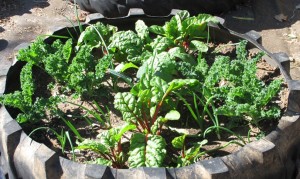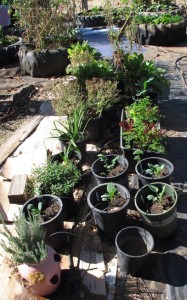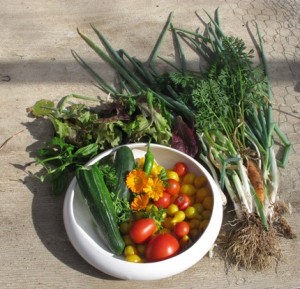Sierra Sustainability: Summer Into Winter
It is now the last week in October, and both the tour season and Lisa’s and my garden are slowing down. In our garden, we’ve been taking out tomato and other plants that are no longer producing. We’re retaining those that still have ripening fruit on them, even though most of the tomato plants appear to be dying at their bottoms, many of their tops are green and flowering and continue to hold ripening fruit.
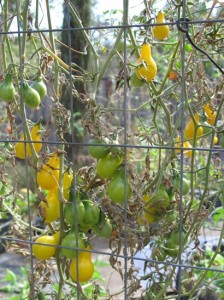
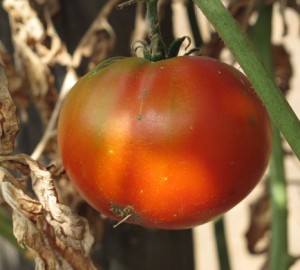
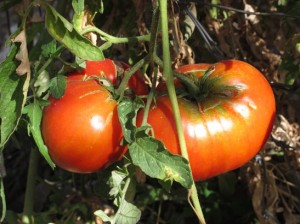
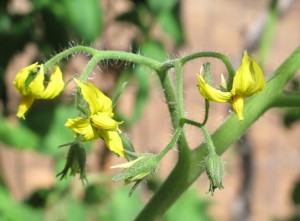
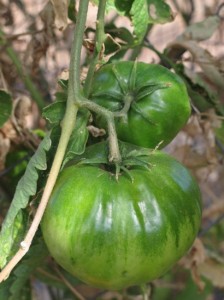
The chicken-wire top of what was a cat’s protective cage has become an arbor for the ripening tomatoes, and the holes in the chicken-wire are the perfect size for bringing the cherry and yellow pear tomatoes down through the chicken wire to pick them.
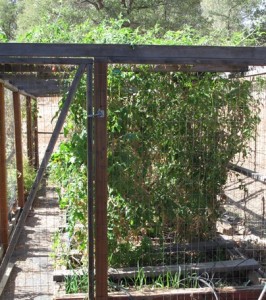
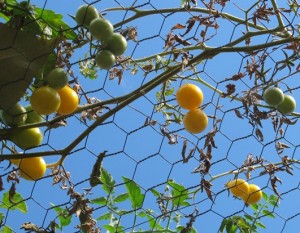
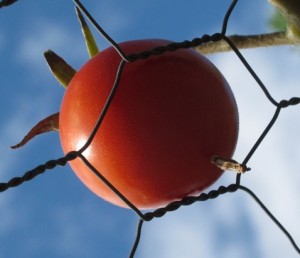
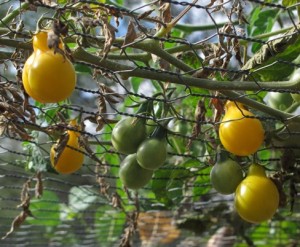
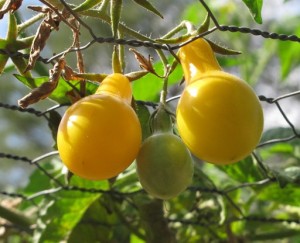
Where we’ve removed, unproductive plants, we’ve replaced them with a variety of autumn and winter vegetables, kale, arugula, Brussels sprouts, broccoli, mustard greens, lettuce, spinach, celery, and more.
Some we’ve planted in individual containers, though all are watered with our very efficient watering system described earlier.
However, we’ve found that these recent planting are visited each morning by a lovely, but hungry variety of migrating birds, Rufus-sided and brown towhees, white- and golden-crowned sparrows, goldfinches, plain titmouses, and more. They nibble at the leaves of these delicate, young plants, so we’ve fashioned some simple cages to protect the most susceptible plants, leaving others at the mercy of these winged friends.
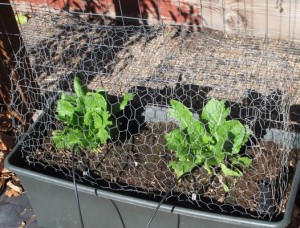

Today’s harvest: Zucchini, cucumber, several varieties of tomatoes, calendula, peppers, parsley, lettuce, onions, carrots.


